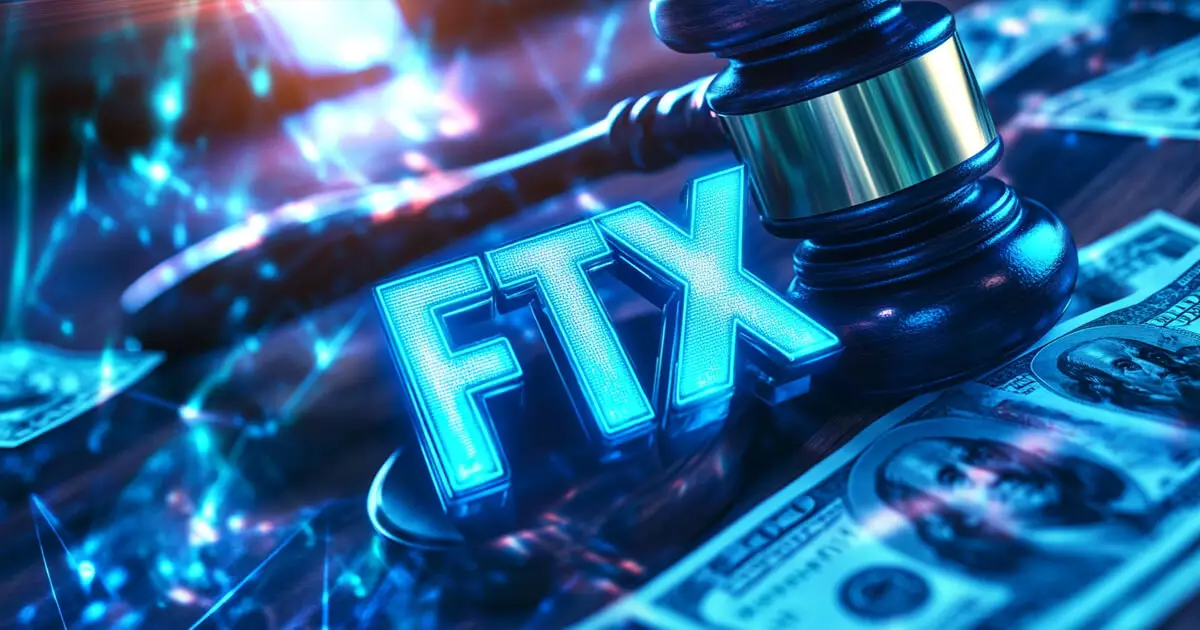The tumultuous saga of FTX, a cryptocurrency exchange that once stood at the forefront of the digital finance industry, continues as it inches toward a potential recovery. The company along with its affiliated debtors has announced a comprehensive timeline for its Chapter 11 Plan of Reorganization, projecting the beginning of distributions to creditors and affected customers by January 2025. This article explores the details of this plan and its implications for stakeholders, while also reflecting on the lessons learned from FTX’s rise and fall.
FTX’s timeline reveals a series of crucial steps aimed at returning value to its distraught customers. By December 2024, the company intends to finalize agreements with distribution agents, a move that is central to restoring some semblance of normalcy for customers who have been left in limbo since the exchange’s collapse in November 2022. Following court approvals, customers in select jurisdictions will be able to create accounts through FTX’s customer portal, setting the stage for a more structured distribution approach.
The planned disbursements will prioritize what are referred to as Convenience Classes, highlighting a strategy of putting customer needs first. The first payment phase is set to begin shortly within the first months of 2025, providing a glimmer of hope to the nine million customers affected by FTX’s misuse of funds prior to its downfall.
John J. Ray III, the CEO of FTX, expressed cautious optimism regarding the progress made by his team, which has reportedly recovered billions of dollars for creditors and customers alike. In a recent statement, he emphasized that, despite the challenges that lie ahead, there is a concerted effort to resolve disputes fairly and efficiently, acknowledging the significant financial distress experienced by those impacted by the exchange’s previous management failures.
His comments indicate a shift in FTX’s focus towards rectifying its past mistakes and ensuring that stakeholders are adequately represented in the distribution process.
A significant milestone in the reorganization process came when U.S. Bankruptcy Judge John Dorsey approved a recovery plan valued at $16.5 billion during a hearing in Wilmington, Delaware. This approval marks a critical step toward establishing a compensation framework that prioritizes customer repayments over claims from government regulators. This unique precedence reflects the dire circumstances faced by millions of affected users and showcases the judicial system’s understanding of the intricacies involved in digital asset management.
However, it’s essential to note that the full recovery value is subject to fluctuations due to factors including cash conversion, which may drop the total amount down to $14.7 billion. The fluctuations highlight the uncertainty present in the financial environment surrounding bankruptcies, particularly in the volatile cryptocurrency market.
As FTX moves towards executing its reorganization plan, there are significant takeaways for both the cryptocurrency industry and its investors. The fall of FTX underscores the necessity of stringent governance, prudent management of customer funds, and transparency within financial organizations. The ripple effects of mismanagement can lead to devastating impacts on millions, thus highlighting the importance of regulatory oversight in an emerging market.
As FTX embarks on its recovery journey, the lessons learned during its rise and subsequent collapse can serve as a guideline for the future of cryptocurrency exchanges, ensuring that investor trust and regulatory frameworks evolve hand in hand.



















Leave a Reply